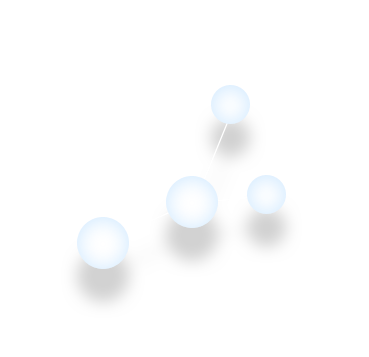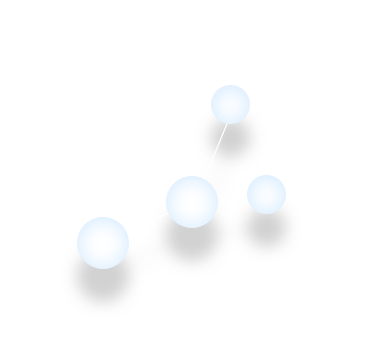
Citizens can collaborate in generating knowledge about their environment thanks to citizen science projects. For example, they can upload biodiversity photos, audios or videos to an app. Citizen observatories contain thousands of open pieces of information about species and environmental parameters that can be used in research projects or to monitor biodiversity, among other things.
What are the achievements of the citizen observatories in Cos4Cloud?

The ability of two or more systems or components to exchange information and “communicate” with each other. In Cos4Cloud, interoperability has been essential to integrating some services and resources into the European Open Science Cloud (EOSC) ecosystem and finding a ‘common vocabulary’ between citizen observatories, making it possible to reuse, share or integrate the data. Developed by CREAF, Secure Dimensions and Bineo Consulting.
More information



Mobile apps, web-apps or do-it-yourself equipment.
Link to citizen observatories that have participated in Cos4Cloud

The co-design comprises methodologies originated in the design field that allows working collaboratively to create something new. The main contribution of these methodologies is the high degree of innovation that can be achieved when using them, in opposition to more traditional methods. Thanks to their multisensory techniques, they facilitate complex conversations in a seemingly easy way. They make it possible to generate a common language between different interested entities revolving around a need, challenge or issue. The co-design activities in Cos4Cloud have been coordinated by ICM-CSIC, in collaboration with Science for Change, CREAF and the European Citizen Science Association (ECSA), and Science for Change has led the co-design methodologies.


The Cos4Cloud community includes citizen scientists, app developers, citizen observatory managers, citizen science projects, naturalists, professors and camera trap users, among others. Cos4Cloud has carried out activities to explain to them the goals of each service, organised demonstrations and created spaces for the community to share opinions, needs and expectations about the services: is it easy to use? Should we add more functionalities? Etc. A very valuable source of feedback for the development team.
Get to know our community

Integrating agile methodologies has allowed for the revision and constant improvement of the Cos4Cloud services thanks to the collaboration with the final users in all stages of development: before, during and after. 52º North has led Agile Methodology.
Read the interview about the agile methodologies with Henning Bredel, 52ºNorth